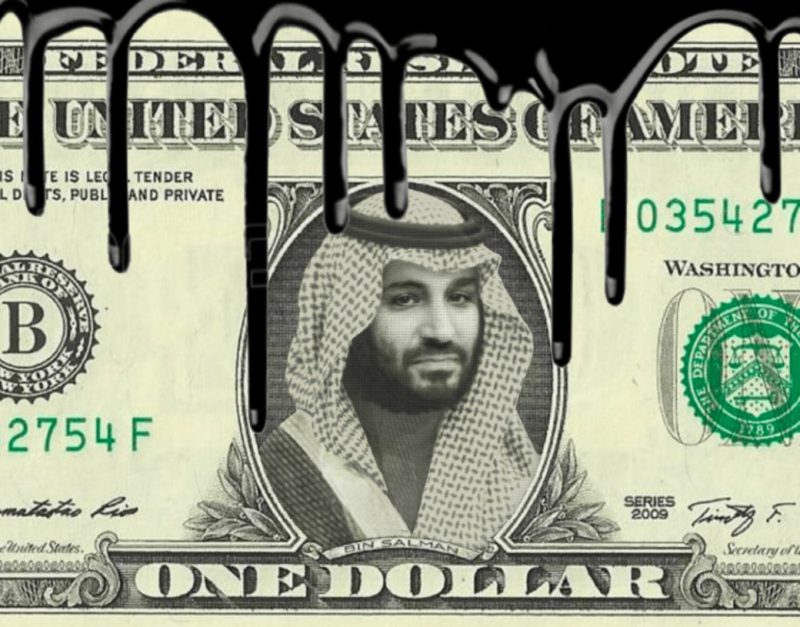The 50-year petrodollar agreement with Saudi Arabia to use the US dollar for oil payments ended in June 2024. Saudi Arabia can now accept other currencies for oil settlements including the Chinese yuan, Japanese yen, and Indian rupee. China’s President Xi Jinping is keen on pushing the Chinese yuan ahead not only for oil but for all transactions.
Also Read: BRICS Outperforms the US: Becomes Top Exporter of Copper
There’s a plethora of currencies for Saudi Arabia to choose from that could replace the petrodollar and usher into a new era of oil trade. However, Saudi Arabia cannot afford to replace the US dollar with local currencies after the petrodollar’s demise. Why, you may ask? Well, it’s because Saudi Arabia’s local currency, the riyal (SAR) is pegged to the US dollar.
Also Read: 93% Oppose U.S. Plans of Creating ‘Asian NATO’
US Dollar Still Thrives While the Petrodollar Dies


The riyal is pegged to the US Dollar at a fixed exchange rate of 3.75 SR to 1 USD. This remains intact and has no changes whatsoever even after the petrodollar’s death. Therefore, Saudi Arabia has limited chances of accepting local currencies in droves instead of the US dollar for oil deals.
Also Read: BRICS De-Dollarization Agenda Fails: US Dollar Supremacy Intact
The stakes are high for Saudi Arabia as the Kingdom is looking to liberalize its economy to attract tourism. The Kingdom wants to replicate the tourism sector of the United Arab Emirates (UAE) to bring in revenue. Saudi Arabia is also looking at additional avenues to make revenues and is keeping oil behind after the petrodollar’s end.
Even after the petrodollar’s demise, Saudi Arabia needs the US dollar and cannot afford to accept local currencies for oil. While a major chunk of oil payments are settled in local currencies, the de facto tender is the USD. The petrodollar is dead, but the US dollar is alive, kicking, and thriving in the global financial and trade sector.





